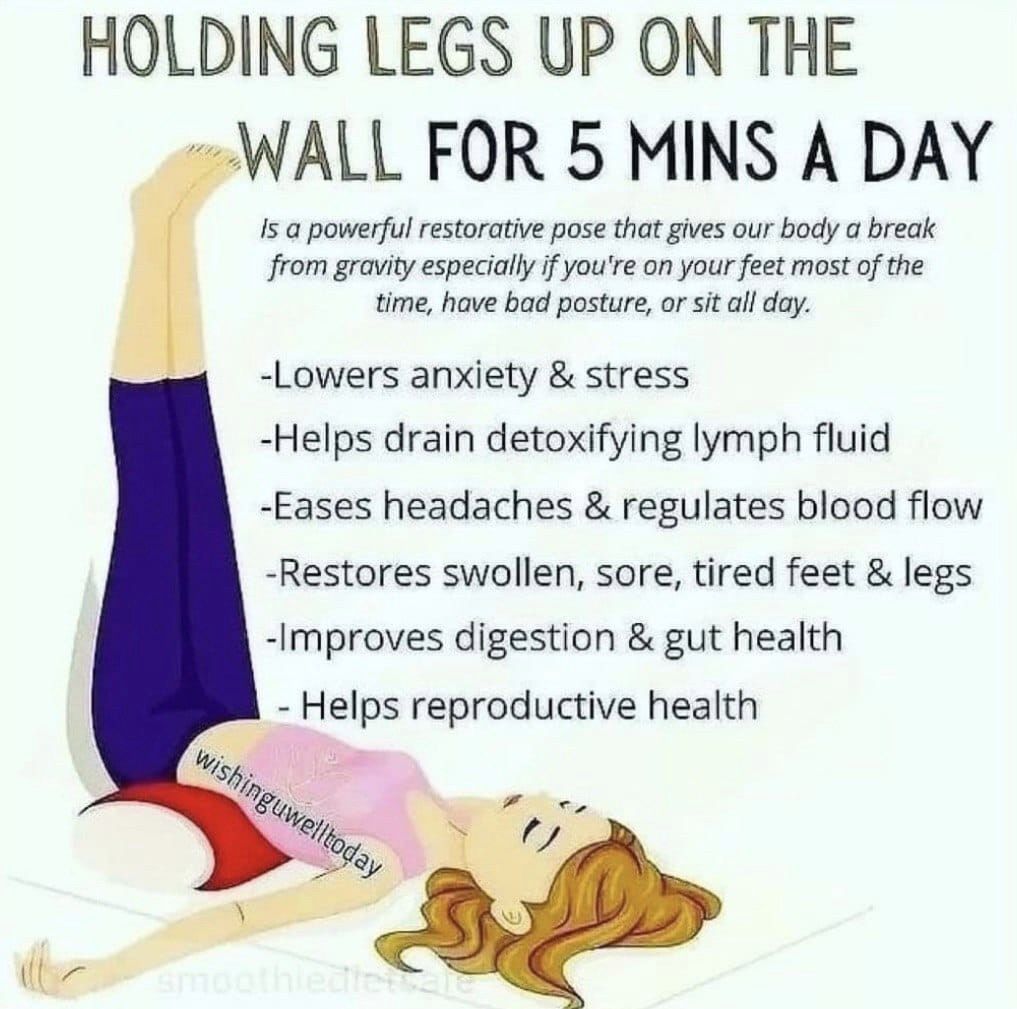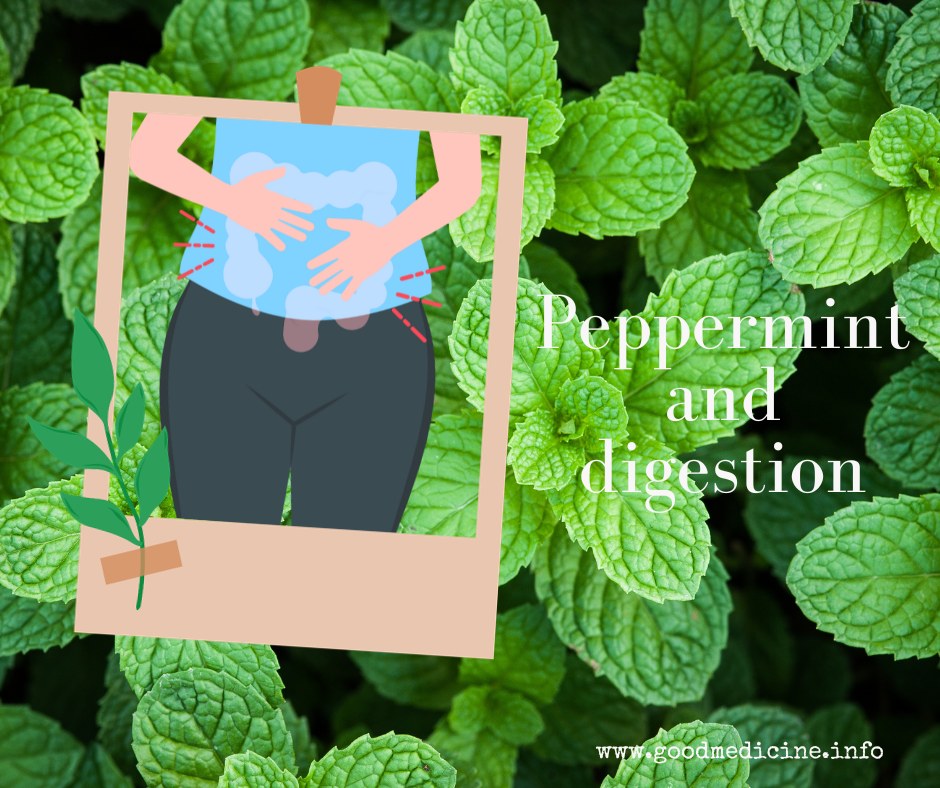
It’s pretty safe to say that I suggest this technique at least a few times every week in my coaching calls. If I would add anything to this graphic, it’s this…. fill a sock with dry rice or beans and tie a knot in it. Use that lightweight weight over your eyes and forehead. It will add to the relaxation by quieting the prefrontal cortex (where much “chatter” happens in our minds). Bonus points…. add a few drops of Lavender, Vanilla, Peace &Calming, or whichever oil is speaking to you at the time.
Give it a try! 
xoxo~ liz




